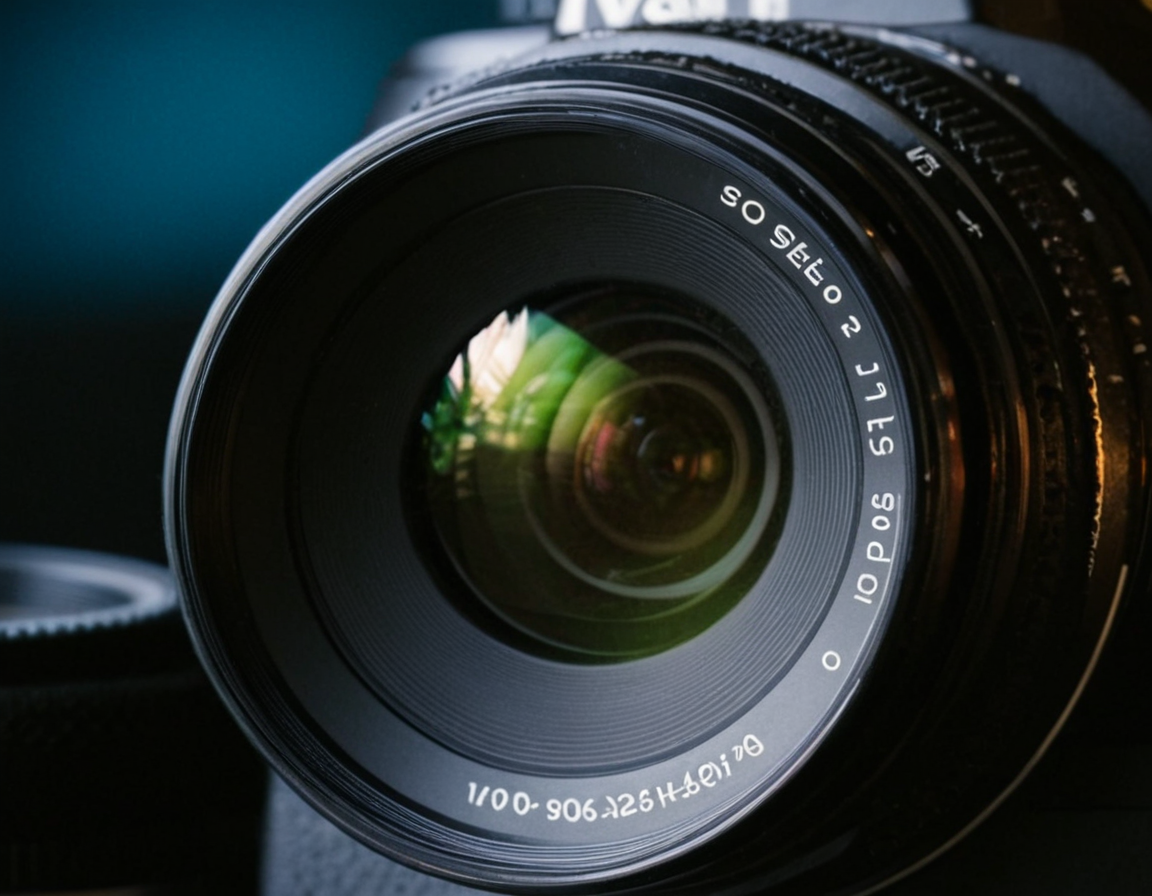A Beginner's Guide: Aperature & ISO for Flawless Photography

A Complete Beginner’s Guide to Understanding Aperture, Shutter Speed, and ISO – Kolari Vision
Aperture, shutter speed, and ISO are three fundamental components of camera settings that can seem daunting for those new to photography. However, understanding these concepts is crucial for capturing high-quality images. In this comprehensive guide, we will delve into the world of aperture, shutter speed, and ISO, exploring their functions, effects on image quality, and practical tips for putting them into practice.
What is Aperture?
Aperture refers to the size of the camera’s aperture, which is the opening that controls the amount of light entering the lens. A larger aperture (smaller f-stop number) allows more light in, while a smaller aperture (larger f-stop number) restricts the amount of light. Think of it as the pupil of an eye: when it’s dark, you dilate your pupils to let in more light; conversely, when it’s bright, they constrict.
Aperture has significant effects on image quality:
- Depth of Field: A larger aperture results in a shallower depth of field, where the subject is in focus and the background is blurred. Conversely, a smaller aperture yields an increased depth of field.
- Light Intensity: As mentioned earlier, aperture controls light entry into the camera. Adjusting this setting can significantly impact image brightness.
Understanding Shutter Speed
Shutter speed refers to the length of time the camera’s shutter remains open, measured in seconds or fractions of a second. Faster shutter speeds freeze motion and are ideal for capturing sharp images of moving subjects. Conversely, slower shutter speeds create motion blur, adding an artistic effect to your photographs.
The impact of shutter speed on image quality is multifaceted:
- Motion: Shutter speed can either freeze or amplify motion within the scene.
- Light Intensity: Faster shutter speeds may result in overexposure if not managed correctly.
- Noise and Rolling Shutter Effects: Slower shutter speeds increase the likelihood of noise and rolling shutter artifacts.
The Role of ISO
ISO (International Organization for Standardization) refers to the camera’s sensitivity to light. Lower ISOs (100-400) are generally best for bright lighting conditions, while higher ISOs (6400-25600) are more suitable for low-light situations.
The effects of adjusting ISO on image quality:
- Noise: Higher ISO settings can introduce digital noise into your photographs.
- Sensitivity to Light: Lower ISOs provide better performance in well-lit environments.
- Compression and Detail Loss: Excessive use of high ISO settings can result in loss of detail and compression artifacts.
Practical Examples
Here’s a step-by-step example of how you might adjust these settings for different scenarios:
-
Portraits:
- Use a large aperture (f/2.8) to create a shallow depth of field, separating your subject from the background.
- Adjust shutter speed according to the desired effect; e.g., freeze motion with faster speeds or add blur using slower ones.
- Maintain a low ISO setting (100-400) for optimal image quality and minimal noise.
-
Landscapes:
- Utilize a small aperture (f/11) to achieve a deep depth of field, ensuring both subject and background remain in focus.
- Employ slower shutter speeds (1/15s or longer) to capture the movement of water or clouds.
- Be cautious when adjusting ISO; lower settings will provide better image quality.
-
Low-Light Conditions:
- Increase your camera’s ISO setting (6400-25600) to amplify sensitivity to available light.
- Use a tripod for support and adjust shutter speed according to the desired effect, taking care not to introduce motion artifacts or overexposure.
Conclusion
Mastering aperture, shutter speed, and ISO is an essential step in photography development. The concepts discussed here serve as a solid foundation for further exploration into various genres of photography, such as portraits, landscapes, and low-light conditions.
As you continue on your photography journey, remember to:
- Experiment responsibly with different settings.
- Consider the effects of each setting on your image quality.
- Regularly review and refine your skills to produce exceptional photographs.
By doing so, you’ll unlock a world of creative possibilities and grow as an artist.
Tags
beginners-guide aperture-basics shutter-speed-tutorial understanding-iso photography-tips
About David Lopez
As a seasoned photographer and blogging expert, I help creatives refine their craft on lentecreativa.com. With a focus on practical tips & techniques, I inspire photographers to push boundaries and capture stunning images.
